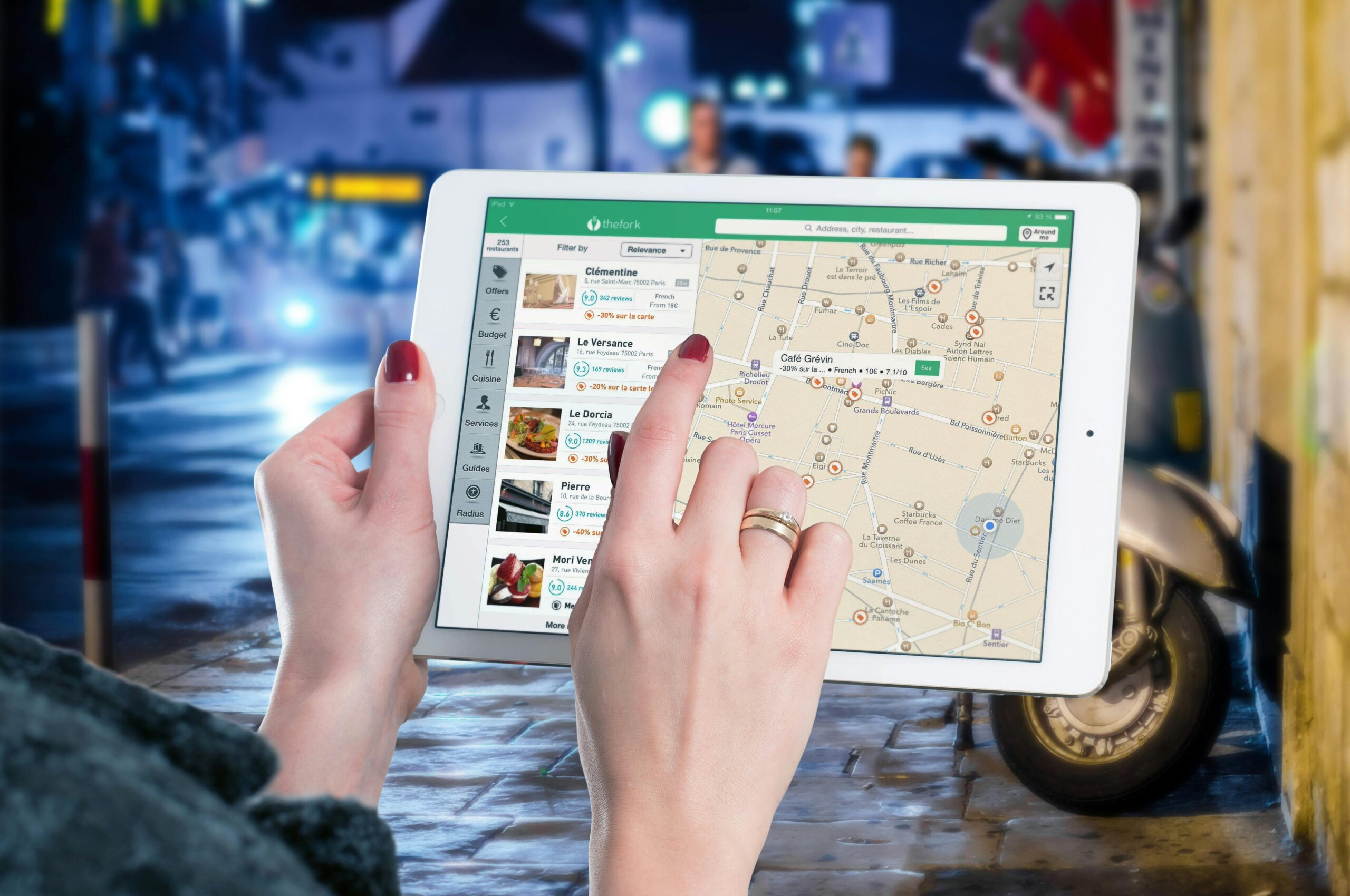Image credit: Pexels
A historic milestone in Tracy, California, was marked on Thursday as it unveiled the inaugural commercial direct capture facility in the United States. The facility, which was built by climate technology startup Heirloom, represents a major advancement in tackling the pressing issue of storing carbon dioxide emissions, which is a primary cause of climate change.
Important dignitaries attended the event, including Senators Josh Becker (D-San Mateo) and Anna Caballero (D-Merced), as well as California Lt. Gov. Eleni Kounalakis, Chief Economic Advisor to Gov. Newsom Dee Dee Myers, and U.S. Secretary of Energy Jennifer Granholm. Their presence served as a reminder of the critical role that cutting-edge carbon capture strategies play in addressing the growing climate crisis.
Heirloom’s carbon removal facility utilizes limestone to directly extract carbon dioxide from the air and securely store it. The Intergovernmental Panel on Climate Change (IPCC) has set a pressing global target to remove 5 to 10 billion tonnes of CO2 from the atmosphere by 2050. This technology aims to meet that target.
A common, non-toxic rock found all over the world, limestone is the key component of Heirloom’s carbon removal process. The Tracy facility uses locally sourced limestone from Northern California. According to Max Scholten, Head of Commercialization at Heirloom, the technology works by continuously circulating powdered limestone through a system that speeds up the rock’s capacity to absorb CO2 from the atmosphere—three days, as opposed to the usual timeframe of years. Scholten pointed out that even with this efficiency, the procedure would eventually need sporadic replenishment of limestone.

Scholten talked about this, saying “Limestone is very cost-effective, but we also want to limit our environmental impact in every way.” He continued, saying “So we recycle it as many times as possible. It’s crucial to us that we’re not just saving on costs but ensuring that our overall environmental impact is as low as possible.”
Prominent proponent of carbon capture initiatives, Senator Caballero highlighted the critical role these technologies play in the Central Valley. As a co-author of California Senate Bill 905, which was passed in September 2022, Caballero emphasized that the legislation put the California Air Resources Board in charge of monitoring the safe implementation of carbon capture and carbon dioxide removal projects. She emphasized how these programs could solve the region’s affordability issues and generate jobs.
Lt. Gov. Kounalakis discussed California’s long history of leading the way in renewable energy projects, from the world’s first solar farm to the biggest battery storage facility. She highlighted the historical significance of the Tracy facility, referring to it as the world’s first industrial-scale carbon capture facility.
An essential part of California’s larger plan to tackle climate change and advance sustainable practices is the Tracy carbon capture facility. In addition to showcasing technical innovations, the occasion gave officials a chance to interact with the public, answering questions and outlining the possible advantages of carbon capture technology.
The world is doing its best to cut down on carbon emissions, and initiatives like Heirloom’s Tracy facility mark a significant leap forward in implementing practical solutions to mitigate climate change. The backing of public officials and the implementation of cutting-edge technologies highlight the shared dedication to cultivating a future that is more ecologically conscious and sustainable.
























































































































































































































































































































































